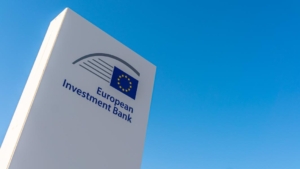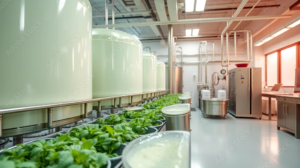
Bacterial colonisation differs by tumour type
An analysis of 1.500 tumours demonstrates that different human tumour types each harbour their own unique bacterial communities.
An international research team from Israel, the US, Italy, and the Netherlands profiled the microbiomes of more than 1,500 individual tumours across seven types of human cancer – the most comprehensive tumour microbiome study to date. They already knew that bacteria are present in tumours that originate from tissues routinely exposed to microbes. However, whether bacteria are present in tumours arising from sterile tissues has been less clear.
They searched for bacterial DNA, RNA and proteins in melanoma, bone and brain cancer, tumour types whose association with bacteria had not previously been explored. Taking rigorous measures to exclude contamination, they found that most tumours and their adjacent normal tissues harbour bacteria. Different tumour types had distinct microbiomes, with breast tumors displaying a particularly rich and diverse community of bacteria.
What’s more, the authors found that bacteria within the tumours were present in both cancer cells and immune cells. While there were intriguing associations between specific species of intra-tumour bacteria and factors such as patient smoking status, further work will be required to determine whether and how intratumour bacteria contribute to tumour development, progression, and response to therapy.
Achieving a comprehensive understanding of the tumour microenvironment is a daunting yet critical step toward an organism-wide mechanistic model of cancer progression and, if successful, may unlock the next wave of precision cancer diagnostics and therapeutics," concluded cancer experts Chloe Atreya and Peter Turnbaugh.


 gov.uk
gov.uk EIB, Oscar Romano
EIB, Oscar Romano adobe.stock.com - Cathy
adobe.stock.com - Cathy